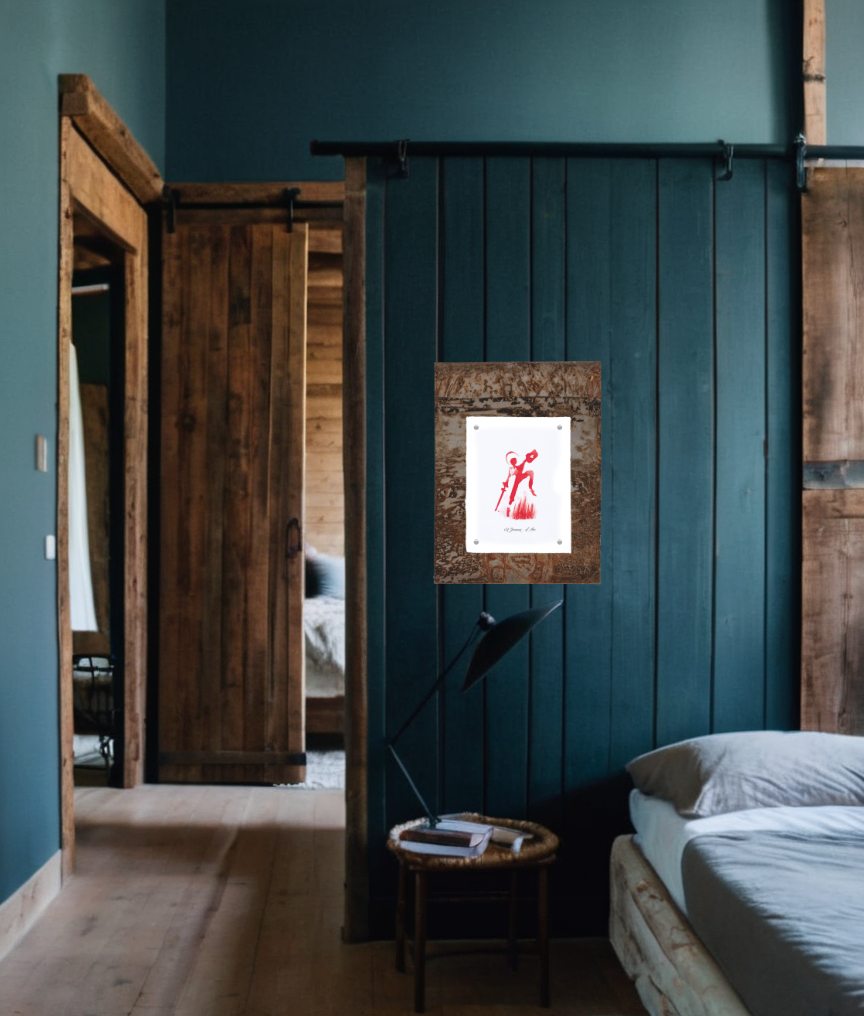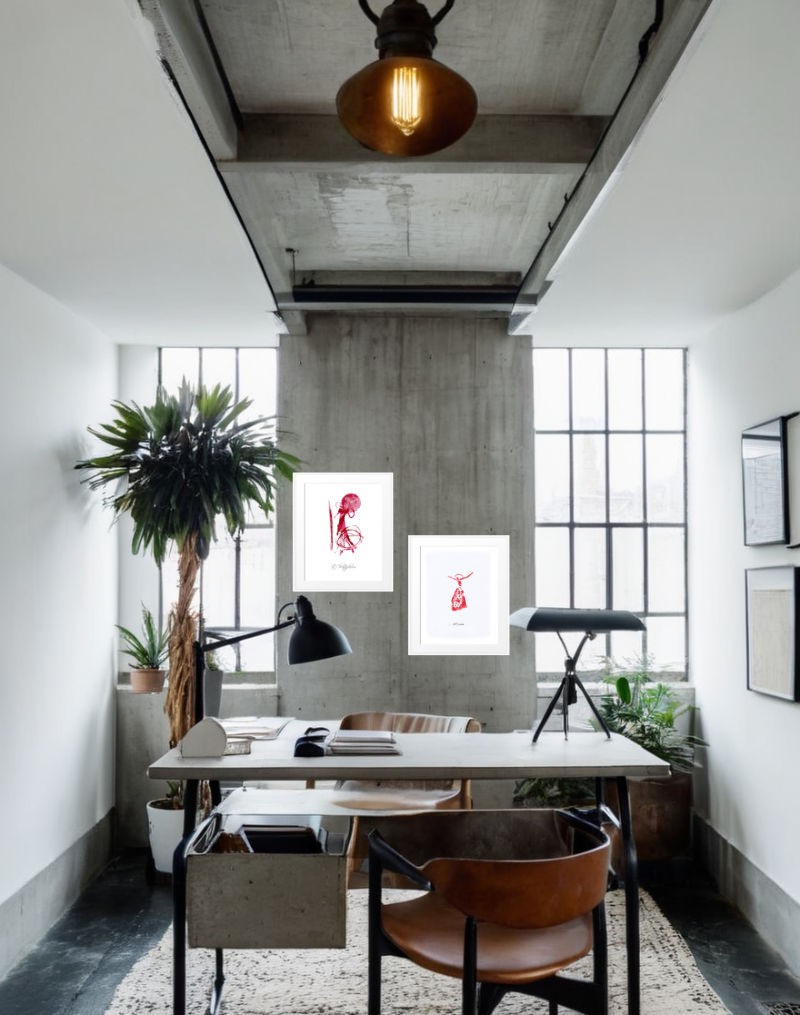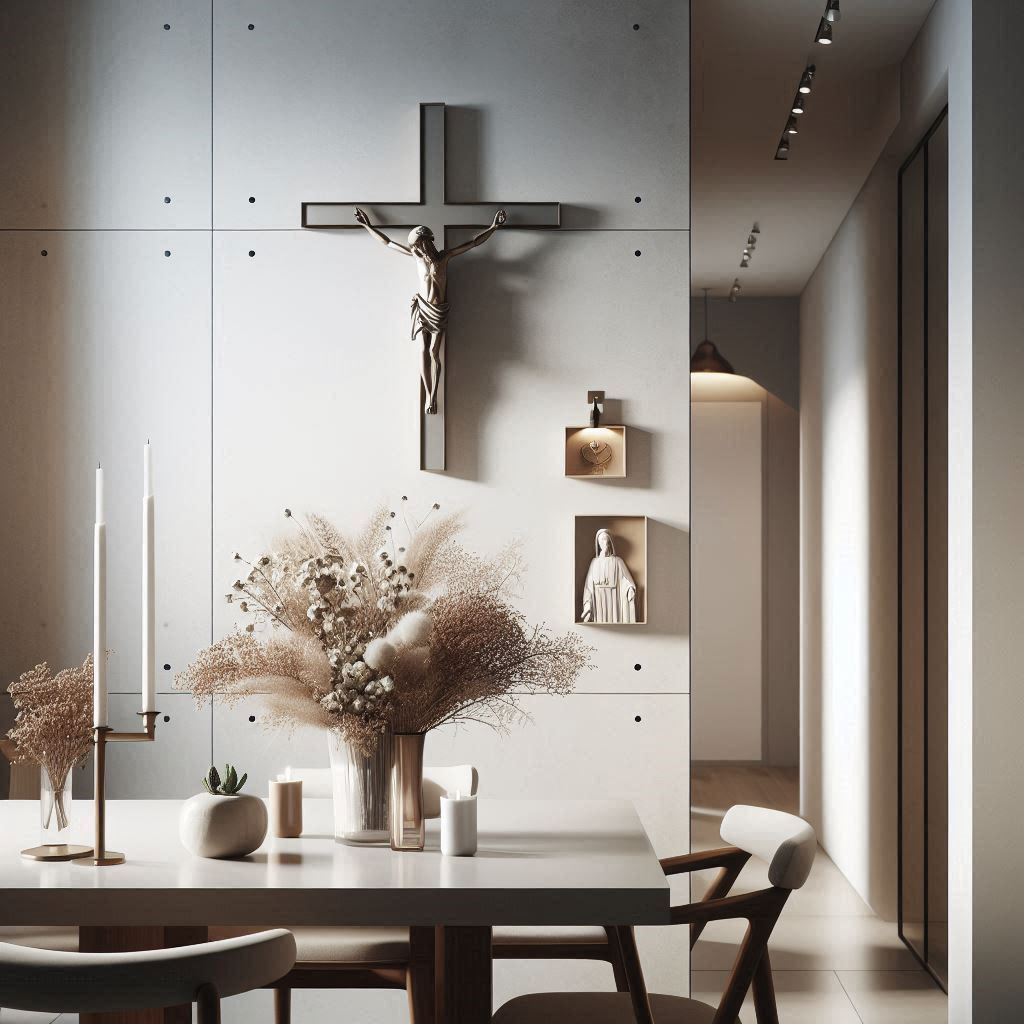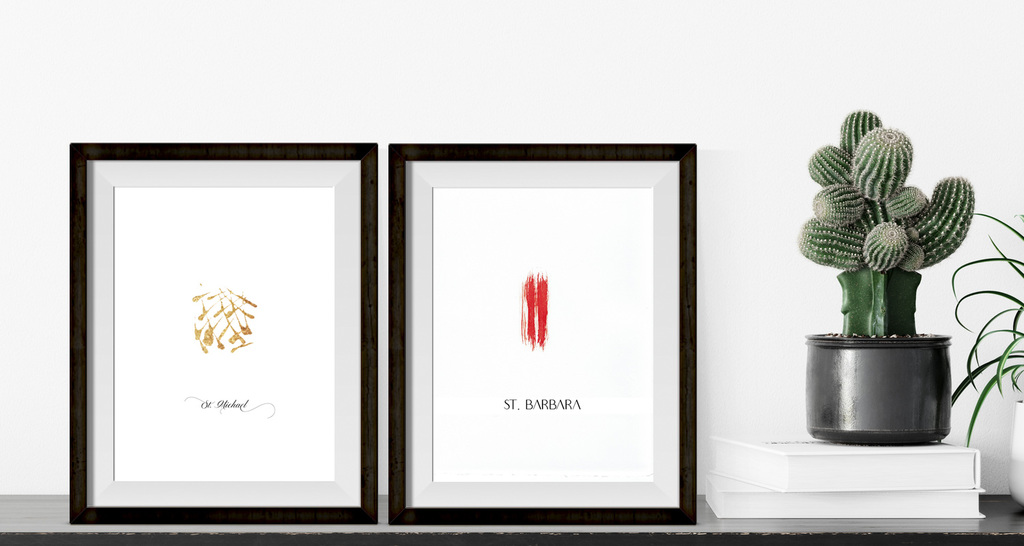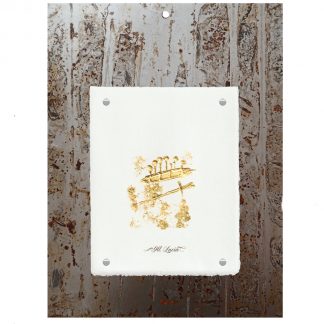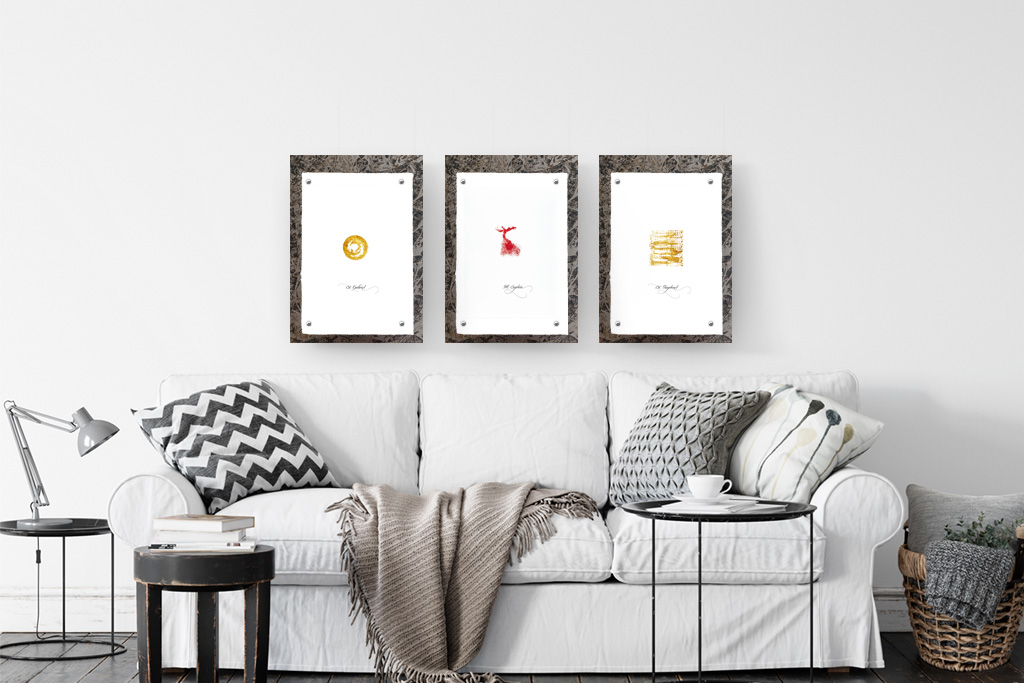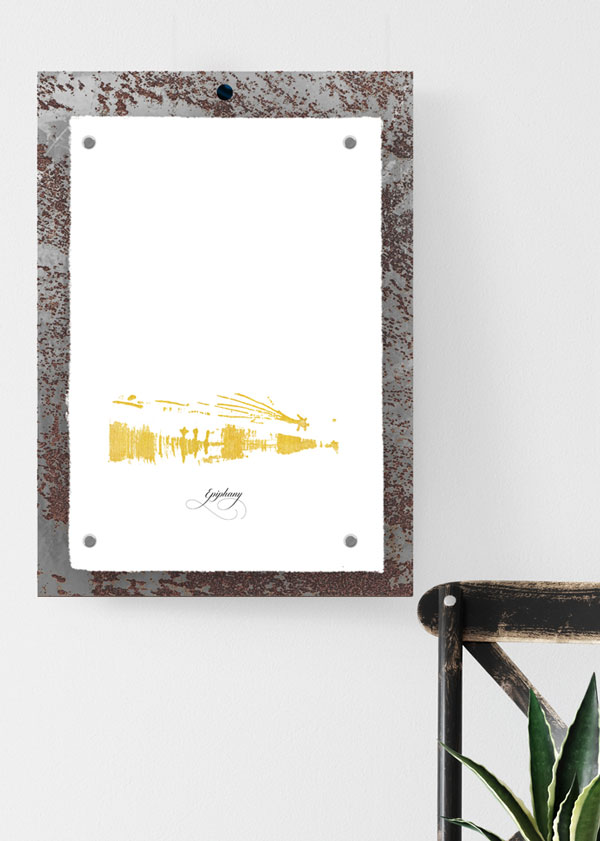

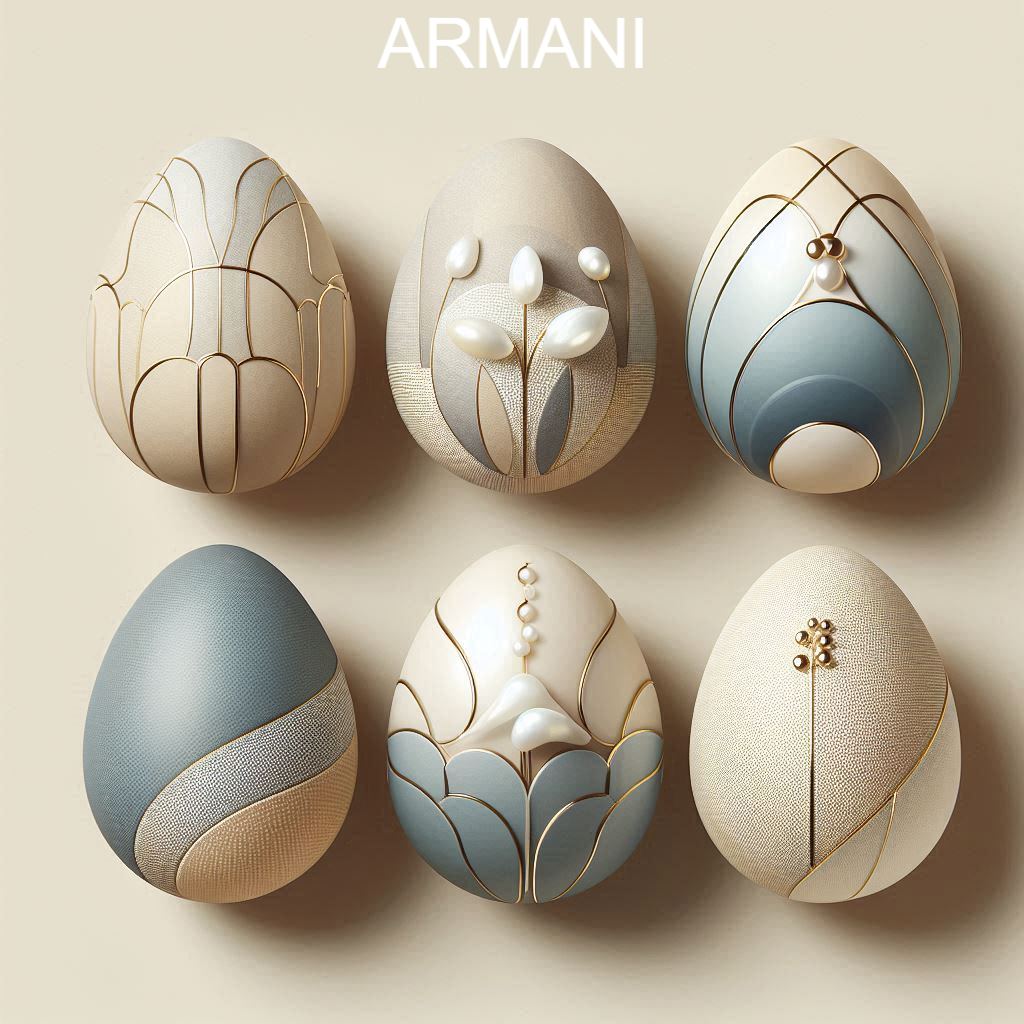

Schöne Dinge Tag: Designer-Ostereier als Kunstform
Ostereier sind mehr als nur Frühlingsdekoration – sie sind kleine Kunstwerke voller Symbolik und Geschichte. Doch wie würden sie aussehen, wenn große Designer sie gestalten würden?
In meiner neuen Bilderserie erstellt mit Hilfe von KI, treffen Mode und Tradition aufeinander:
🌟 Christian Dior – barocke Opulenz
🕶 Karl Lagerfeld – minimalistische Schwarz-Weiß-Eleganz
👑 Vivienne Westwood – königlich-rebellischer Punk-Chic
🏇 Ralph Lauren – klassische Noblesse in Tartan
👜 Coco Chanel – zeitlose Eleganz in Perlmutt und Schwarz
🎭 Giorgio Armani – dezente Raffinesse mit fließenden Formen
Und dann als Vergleich noch Darstellungen wie die KI sich Ostereier von Wonnereich vorstellt:
✨ Wonnereich – handgeschöpftes Büttenpapier, echtes Gold, gerostetes Eisen, tiefe rote Tinte – ein Spiel aus Licht und Zeit



Jedes Ei erzählt eine eigene Geschichte – von Couture bis zur Patina der Vergänglichkeit. Kunst findet sich überall, wenn wir den Blick dafür schärfen.
Welches Designer-Osterei gefällt Ihnen am besten?
#SchöneDingeTag #Wonnereich #Kunsthandwerk #Ostereier #Design #Gold #Inspiration
Beautiful Things Day: Designer Easter Eggs as Art



Easter eggs are more than just spring decorations – they are miniature works of art filled with symbolism and history. But what if they were designed by the world’s greatest fashion icons?
In my latest image series, with the help of AI meets fashion tradition:
🌟 Christian Dior – baroque opulence in gold
🕶 Karl Lagerfeld – minimalist black-and-white elegance
👑 Vivienne Westwood – regal rebellion with punk aesthetics
🏇 Ralph Lauren – classic nobility in tartan
👜 Coco Chanel – timeless elegance in pearl and black
🎭 Giorgio Armani – subtle refinement with flowing forms
And then, as a comparison, representations of how AI envisions Easter eggs from Wonnereich.
✨ Wonnereich – handmade cotton paper, genuine gold, rusted iron, deep red ink – a play of light and time
Each egg tells its own story – from couture to the patina of transience. Art is everywhere if we train our eyes to see it.
Which designer Easter egg is your favorite?
#BeautifulThingsDay #Wonnereich #ArtisanCraft #EasterEggs #Design #Gold #Inspiration












